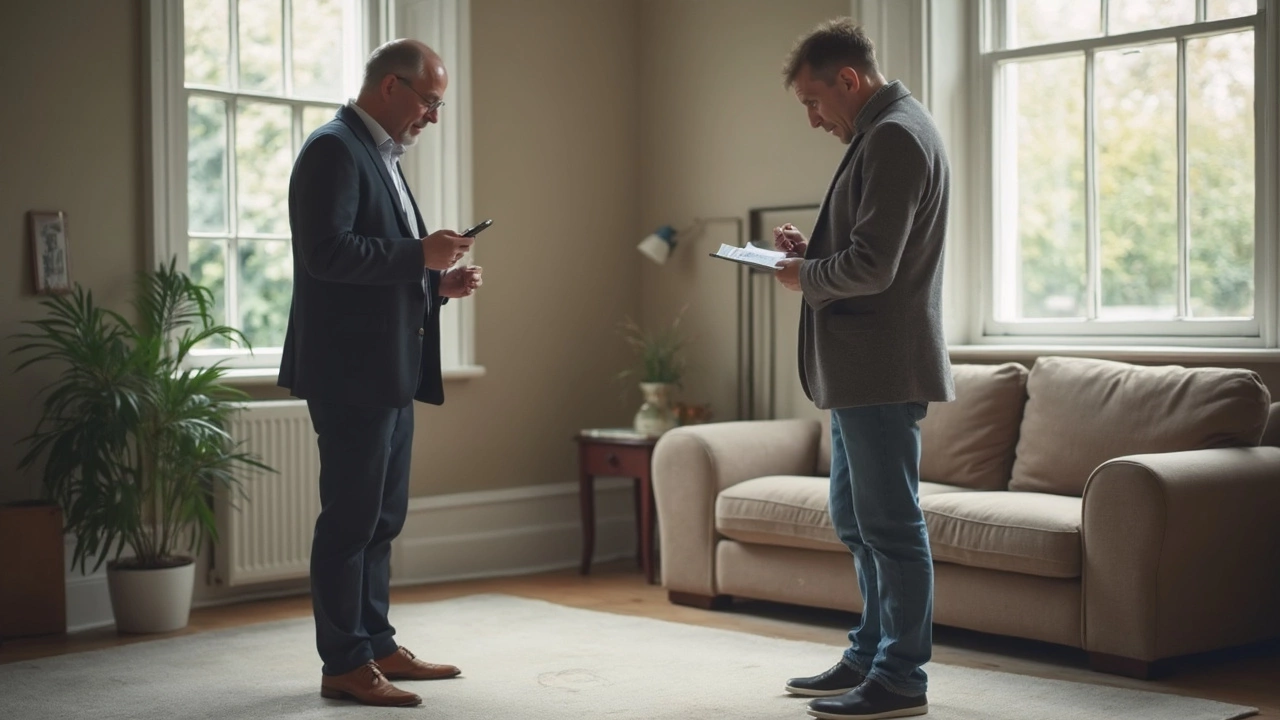Landlord Cleaning Guide: Essential Tips & Costs
Being a landlord means juggling rent, repairs, and the endless question: Who should clean what? A clean property not only looks good, it protects your investment and keeps tenants happy. Below you’ll find straight‑forward advice on what cleaning tasks are expected, how to handle wear and tear, and where you can save money.
What Cleaning Is Expected When Tenants Move Out
When a tenancy ends, most landlords expect a basic clean that returns the place to a livable condition. That includes wiping down kitchen surfaces, scrubbing the bathroom, vacuuming carpets, and dusting windows. If the property was newly built or recently renovated, a professional builder's clean is a must – it removes dust, plaster residues, and any leftover construction debris.
Deep cleaning isn’t always required, but it should be part of the turnover if the previous tenant left heavy grease, burnt‑on oven grime, or stubborn carpet stains. A quick check with a trusted cleaning service can tell you whether a simple tidy‑up will do or if a full‑scale deep clean is needed.
Managing Wear and Tear & Common Landlord Questions
Wear and tear is a normal part of renting. Small nail holes, faded paint, or minor carpet wear are usually covered by the tenant’s deposit. However, larger issues like broken tiles or extensive water damage fall on the landlord. Knowing what counts as “normal” helps you avoid disputes and keeps deposit returns fair.
For example, a single nail hole for a picture is generally acceptable, but dozens of holes or large holes that weaken walls cross the line. In California, the law even spells out what’s normal, and similar rules apply across the UK. Understanding these nuances lets you set clear expectations in the tenancy agreement.
Another hot topic is cleaning costs. In 2025 the average price for a professional window clean is around £30‑£45 per hour, while deep sofa cleaning runs £70‑£120 depending on fabric. Knowing the typical rates helps you budget for turnover and decide whether to handle tasks yourself or hire pros.
If you’re handling the clean yourself, keep a few DIY tricks handy. A mix of vinegar and water works wonders on streak‑free windows, while baking soda and a bit of Dawn dish soap can lift baked‑on grease from ovens without harsh chemicals. These quick fixes cut costs and keep the property looking sharp between professional visits.
Finally, schedule regular maintenance checks. Spotting a leaky pipe or a broken seal early prevents bigger repairs later. Pair these inspections with a light cleaning routine – a quick wipe of high‑traffic areas and a vacuum of carpets every few months saves you from a costly deep clean down the line.
By setting clear cleaning expectations, understanding wear‑and‑tear guidelines, and knowing the real cost of professional services, you’ll keep your properties in top shape and your tenants satisfied. Need more detailed advice? Check out our posts on wear‑and‑tear expenses, nail‑hole rules, and builder’s clean checklists for deeper insights.

Too Much Wear and Tear: End of Tenancy Cleaning Explained
What counts as 'too much wear and tear' can get messy during end of tenancy inspections. This article breaks down real differences between normal use and damage, with honest tips to help you avoid losing your deposit over cleaning disputes. Get clear examples, understand both sides, and learn how to protect yourself when moving out. You'll also discover how landlords and tenants usually look at 'wear and tear' differently, and how records and communication can make all the difference. No confusing jargon, just useful advice you can use right away.
Read More